
How to use Laravel to develop an e-commerce platform based on RESTful API
Overview:
RESTful API is an architectural style based on HTTP protocol, which can be used For building scalable and platform-independent web services. In this article, we will explore how to use the Laravel framework to develop a RESTful API-based e-commerce platform and provide specific code examples.
Step 1: Install and configure Laravel
First, we need to install the Laravel framework. Open a terminal or command prompt and run the following command to install Laravel:
composer global require laravel/installer
After the installation is complete, we can create a new Laravel project using the Laravel command line tool. In the terminal or command prompt, switch to the directory where you want to create the project and run the following command:
laravel new ecommerce-api
Step 2: Create database and migration
Next, we need to create a database to store Our e-commerce platform data. Open the .env file and set the database-related configuration to suit your environment.
Then, we can use Laravel's migration function to create the database table. In a terminal or command prompt, run the following command:
php artisan migrate
This will create a default users table with some basic columns (such as id, name, email, and password).
Step 3: Create model and migration
In Laravel, models are used to interact with database tables. We can use Laravel's Artisan command line tool to create a model and a database migration.
In a terminal or command prompt, run the following command to create a Product model:
php artisan make:model Product -m
This will create a model named Product and also create the migration files associated with it.
Open the generated migration file and define the structure of the Product table. For example, we can add name, price and description columns:
public function up()
{
Schema::create('products', function (Blueprint $table) {
$table->bigIncrements('id');
$table->string('name');
$table->decimal('price', 8, 2);
$table->text('description');
$table->timestamps();
});
}Next, we can run the following command to perform the migration and create the Product table:
php artisan migrate
Step 4: Create API routes and controls Controller
In Laravel, we can use routes and controllers to handle API requests. Open the routes/api.php file and define the following API routes:
Route::get('products', 'ProductController@index');
Route::post('products', 'ProductController@store');
Route::get('products/{id}', 'ProductController@show');
Route::put('products/{id}', 'ProductController@update');
Route::delete('products/{id}', 'ProductController@destroy');These routes will handle requests to get all products, create new products, get specific products, update specific products, and delete specific products respectively.
Next, we can use the Artisan command line tool to create a ProductController controller:
php artisan make:controller ProductController --api
This will create an API-based controller that contains some basic methods (such as index, store, show, update and destroy).
Open the generated ProductController.php file and replace its content with the following code:
<?php
namespace AppHttpControllers;
use AppProduct;
use IlluminateHttpRequest;
class ProductController extends Controller
{
public function index()
{
$products = Product::all();
return response()->json([
'data' => $products,
]);
}
public function store(Request $request)
{
$product = new Product;
$product->name = $request->name;
$product->price = $request->price;
$product->description = $request->description;
$product->save();
return response()->json([
'data' => $product,
]);
}
public function show($id)
{
$product = Product::find($id);
return response()->json([
'data' => $product,
]);
}
public function update(Request $request, $id)
{
$product = Product::find($id);
$product->name = $request->name;
$product->price = $request->price;
$product->description = $request->description;
$product->save();
return response()->json([
'data' => $product,
]);
}
public function destroy($id)
{
Product::destroy($id);
return response()->json([
'message' => 'Product deleted successfully',
]);
}
}At this point, we have completed the development of an e-commerce platform based on RESTful API. We can use Postman or other API testing tools to test these API routes.
Summary:
This article demonstrates how to use the Laravel framework to develop an e-commerce platform based on RESTful API. We learned how to install and configure Laravel, how to create databases and migrations, and how to create API routes and controllers. With these steps and code examples, you can further expand and improve your e-commerce platform.
The above is the detailed content of How to use Laravel to develop an e-commerce platform based on RESTful API. For more information, please follow other related articles on the PHP Chinese website!
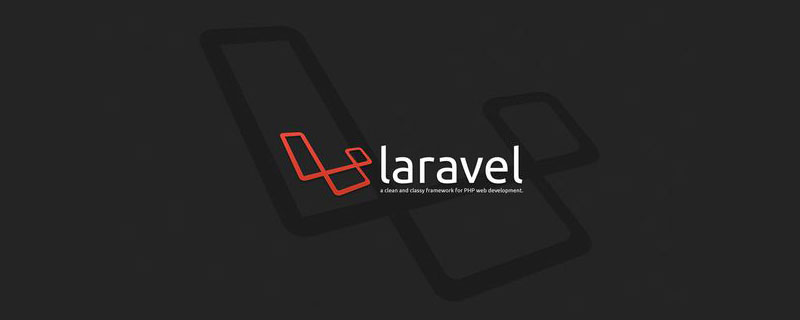 laravel单点登录方法详解Jun 15, 2022 am 11:45 AM
laravel单点登录方法详解Jun 15, 2022 am 11:45 AM本篇文章给大家带来了关于laravel的相关知识,其中主要介绍了关于单点登录的相关问题,单点登录是指在多个应用系统中,用户只需要登录一次就可以访问所有相互信任的应用系统,下面一起来看一下,希望对大家有帮助。
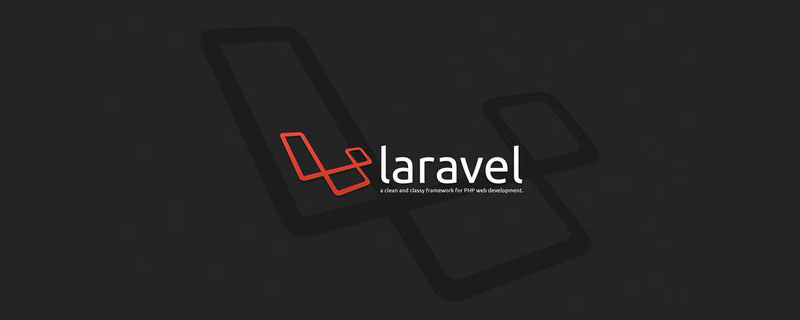 一起来聊聊Laravel的生命周期Apr 25, 2022 pm 12:04 PM
一起来聊聊Laravel的生命周期Apr 25, 2022 pm 12:04 PM本篇文章给大家带来了关于laravel的相关知识,其中主要介绍了关于Laravel的生命周期相关问题,Laravel 的生命周期从public\index.php开始,从public\index.php结束,希望对大家有帮助。
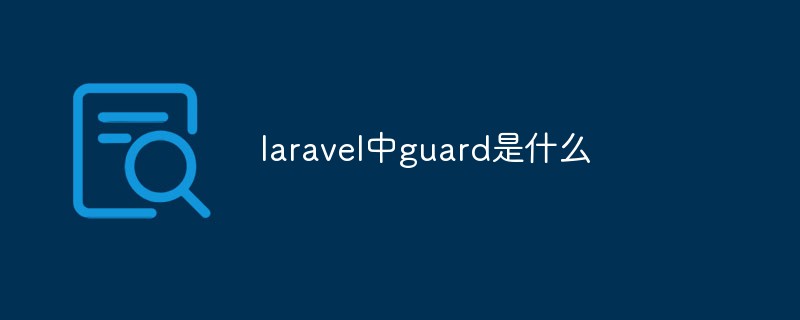 laravel中guard是什么Jun 02, 2022 pm 05:54 PM
laravel中guard是什么Jun 02, 2022 pm 05:54 PM在laravel中,guard是一个用于用户认证的插件;guard的作用就是处理认证判断每一个请求,从数据库中读取数据和用户输入的对比,调用是否登录过或者允许通过的,并且Guard能非常灵活的构建一套自己的认证体系。
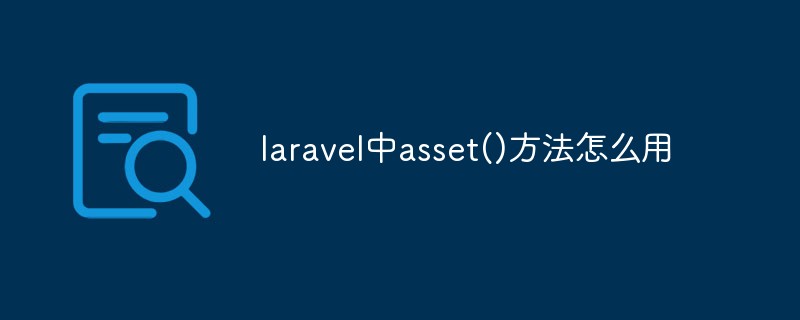 laravel中asset()方法怎么用Jun 02, 2022 pm 04:55 PM
laravel中asset()方法怎么用Jun 02, 2022 pm 04:55 PMlaravel中asset()方法的用法:1、用于引入静态文件,语法为“src="{{asset(‘需要引入的文件路径’)}}"”;2、用于给当前请求的scheme前端资源生成一个url,语法为“$url = asset('前端资源')”。
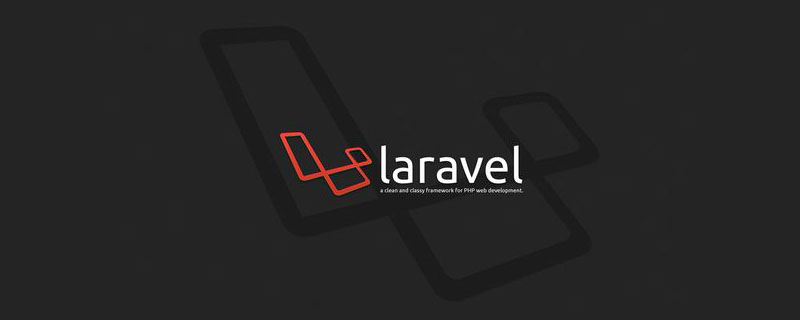 实例详解laravel使用中间件记录用户请求日志Apr 26, 2022 am 11:53 AM
实例详解laravel使用中间件记录用户请求日志Apr 26, 2022 am 11:53 AM本篇文章给大家带来了关于laravel的相关知识,其中主要介绍了关于使用中间件记录用户请求日志的相关问题,包括了创建中间件、注册中间件、记录用户访问等等内容,下面一起来看一下,希望对大家有帮助。
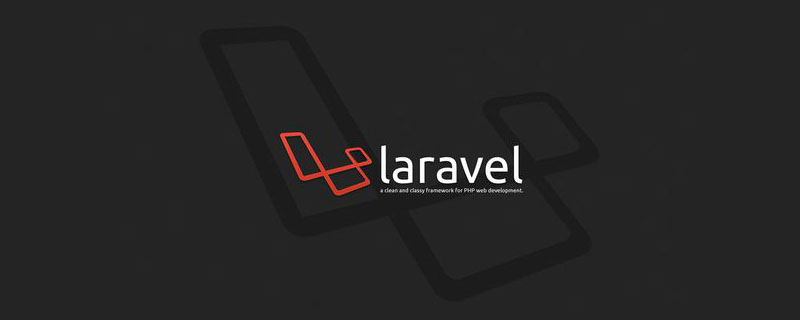 laravel中间件基础详解May 18, 2022 am 11:46 AM
laravel中间件基础详解May 18, 2022 am 11:46 AM本篇文章给大家带来了关于laravel的相关知识,其中主要介绍了关于中间件的相关问题,包括了什么是中间件、自定义中间件等等,中间件为过滤进入应用的 HTTP 请求提供了一套便利的机制,下面一起来看一下,希望对大家有帮助。
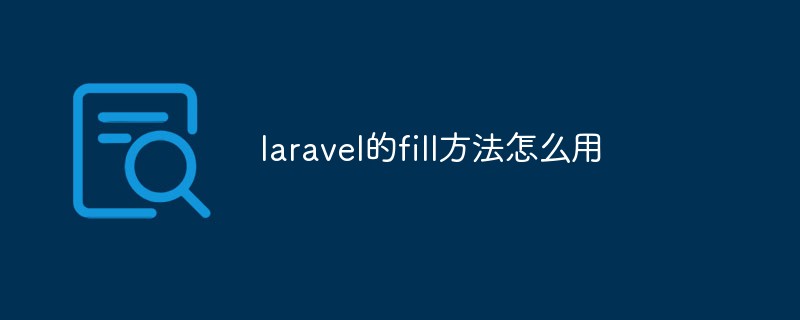 laravel的fill方法怎么用Jun 06, 2022 pm 03:33 PM
laravel的fill方法怎么用Jun 06, 2022 pm 03:33 PM在laravel中,fill方法是一个给Eloquent实例赋值属性的方法,该方法可以理解为用于过滤前端传输过来的与模型中对应的多余字段;当调用该方法时,会先去检测当前Model的状态,根据fillable数组的设置,Model会处于不同的状态。
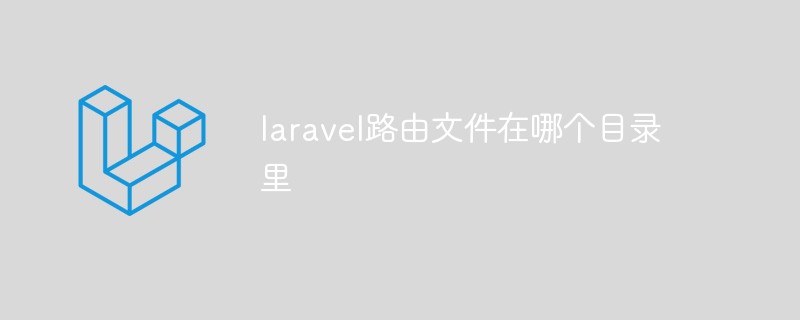 laravel路由文件在哪个目录里Apr 28, 2022 pm 01:07 PM
laravel路由文件在哪个目录里Apr 28, 2022 pm 01:07 PMlaravel路由文件在“routes”目录里。Laravel中所有的路由文件定义在routes目录下,它里面的内容会自动被框架加载;该目录下默认有四个路由文件用于给不同的入口使用:web.php、api.php、console.php等。


Hot AI Tools

Undresser.AI Undress
AI-powered app for creating realistic nude photos

AI Clothes Remover
Online AI tool for removing clothes from photos.

Undress AI Tool
Undress images for free

Clothoff.io
AI clothes remover

AI Hentai Generator
Generate AI Hentai for free.

Hot Article

Hot Tools

Dreamweaver Mac version
Visual web development tools

Safe Exam Browser
Safe Exam Browser is a secure browser environment for taking online exams securely. This software turns any computer into a secure workstation. It controls access to any utility and prevents students from using unauthorized resources.

Zend Studio 13.0.1
Powerful PHP integrated development environment

SAP NetWeaver Server Adapter for Eclipse
Integrate Eclipse with SAP NetWeaver application server.

SublimeText3 English version
Recommended: Win version, supports code prompts!






